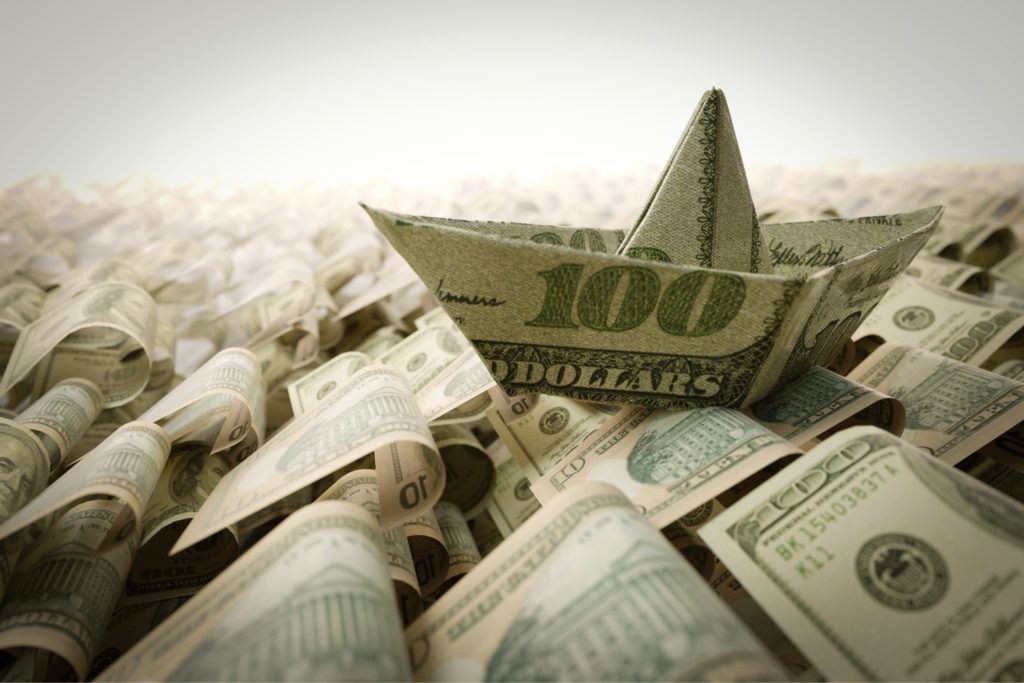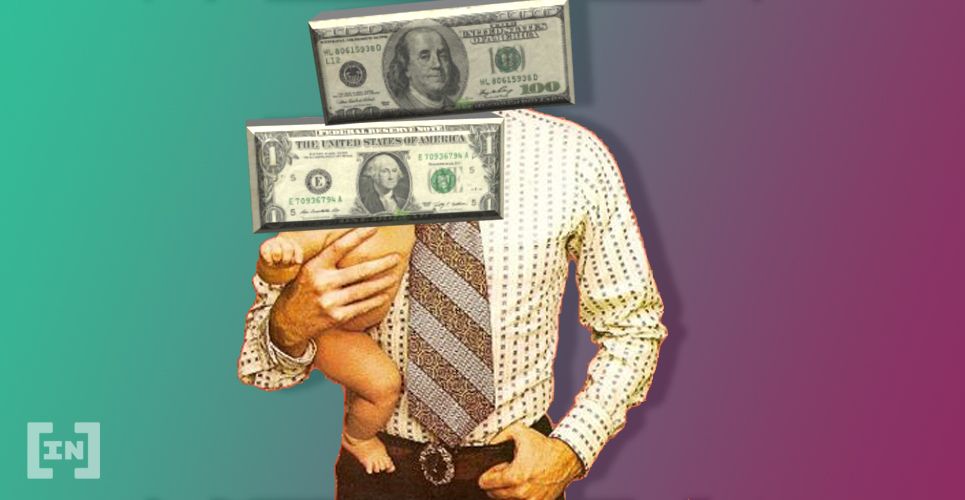Every year the U.S. federal government releases its annual budget report. It compares the previous year’s financial forecasts and expenses to the actual operating budget, along with the current year’s planned budget.
According to the latest available report, U.S. taxpayers paid nearly $801 million for printing new greenbacks through the Bureau of Engraving and Printing (BEP) in 2018.
Furthermore, nearly $24 million was spent on the transportation of the printed money, along with an additional $20 million spent on quality assurance, research, and development.

Take Money to Make Money
The 2019 budget proposal includes a $210 million reimbursement to the BEP, covering the costs involved in expanding its facility in Texas, and to begin work on a new facility to replace the Washington currency production facility. Curiously enough, few people are even aware of the production costs involved in creating new fiat currencies. It begs the question of why such a resource-intensive setup remains the default for national currencies around the world. Of course, the circulation of paper money has been significantly reduced due to the advent of plastic alternatives such as credit cards, debit cards, and prepaid cash cards. However, it appears that it may be cryptocurrencies that will finally unshackle fiat from such expensive production tools and processes used to create and distribute it.
U. S. Counterfeits and Fakes
The problem of counterfeit currency also looms large in the U.S. In 2016 alone, $82.1 million in counterfeit notes successfully entered into circulation, while just $10.4 million in fakes were caught before entering. According to the 2018 budget overview for the U.S Department of Homeland Security, just under 1 percent of all circulating currency is estimated to be counterfeit. Though this might sound like a negligible fraction, this could mean upwards of $10 billion in fake notes floating around. This is another problem that could be easily solved through the proper implementation of digital cryptocurrencies since it is impossible to successfully counterfeit most cryptocurrencies due to their decentralized ledger backbone. Similarly, since cryptocurrencies are either pre-mined or have a controlled supply, it would become immediately obvious if additional units were fraudulently forced into the system. With that said, not all cryptocurrencies appear to fit the bill. Several cryptocurrencies have been subjected to supply modification attacks that went undetected for some time — most recently Zcash (ZEC). Overall, if cryptocurrencies like Bitcoin (BTC) could be identified as functioning currencies and be backed by the government rather than being classified as property, then the tax burden on U.S. taxpayers could be significantly alleviated. Similarly, the inherent anti-counterfeiting properties of cryptocurrencies may be just the tool needed to quell the rampant inflation many countries are currently dealing with. Which cryptocurrency do you think is best suited to take over as the ‘digital dollar?’ Let us know your thoughts in the comments below!
Top crypto platforms in the US
Disclaimer
In adherence to the Trust Project guidelines, BeInCrypto is committed to unbiased, transparent reporting. This news article aims to provide accurate, timely information. However, readers are advised to verify facts independently and consult with a professional before making any decisions based on this content. Please note that our Terms and Conditions, Privacy Policy, and Disclaimers have been updated.

Daniel Phillips
After obtaining a Masters degree in Regenerative Medicine, Daniel pivoted to the frontier field of blockchain technology, where he began to absorb anything and everything he could on the subject. Daniel has been bullish on Bitcoin since before it was cool, and continues to be so despite any evidence to the contrary. Nowadays, Daniel works in the blockchain space full time, as both a copywriter and blockchain marketer.
After obtaining a Masters degree in Regenerative Medicine, Daniel pivoted to the frontier field of blockchain technology, where he began to absorb anything and everything he could on the subject. Daniel has been bullish on Bitcoin since before it was cool, and continues to be so despite any evidence to the contrary. Nowadays, Daniel works in the blockchain space full time, as both a copywriter and blockchain marketer.
READ FULL BIO
Sponsored
Sponsored
